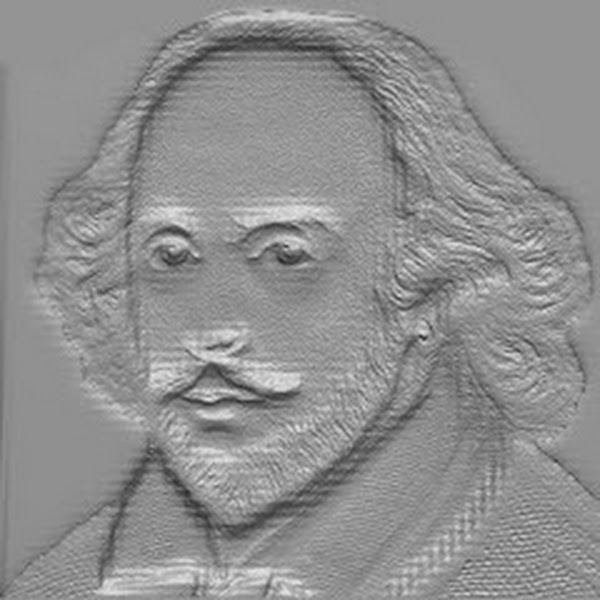A Tale of Two Cities
- The novel was written by Charles Dickens.
- It was first published in 1859.
- It is set in London and Paris.
- The time period is before and during the French Revolution.
- The famous opening line is “It was the best of times, it was the worst of times.”
- The novel has three books (sections).
- Book I is called Recalled to Life.
- Book II is called The Golden Thread.
- Book III is called The Track of a Storm.
- The story begins in 1775.
- Jarvis Lorry is a banker working at Tellson’s Bank.
- He travels between London and Paris for business.
- Lorry’s first journey is from London to Dover.
- He meets Lucie Manette on this journey.
- Lorry delivers the message “Recalled to Life.”
- The phrase means Dr. Manette has been released from prison.
- Dr. Manette was imprisoned in the Bastille for 18 years.
- He was unjustly accused by the Evrémonde brothers.
- He spends his time in prison making shoes.
- After release, he is weak in mind and spirit.
- Lucie Manette is Dr. Manette’s daughter.
- She was raised in England.
- She thought her father was dead.
- She travels to Paris to meet him.
- Lucie is gentle, loving, and compassionate.
- She becomes a central figure for many characters.
- Dr. Manette lives in a garret above Defarge’s wine shop after release.
- Ernest Defarge was Dr. Manette’s servant.
- Madame Defarge is Ernest Defarge’s wife.
- Madame Defarge is a central figure in the revolution.
- Madame Defarge is always knitting.
- She knits a registry of people marked for death.
- The spilling of wine in Saint Antoine foreshadows bloodshed.
- The wine is spilled outside Defarge’s shop.
- The poor people drink the spilled wine from the ground.
- The scene represents hunger and poverty.
- Charles Darnay is introduced as a young Frenchman.
- He renounces his aristocratic title.
- He is related to the Evrémonde family.
- His real name is Charles Evrémonde.
- Darnay emigrates to England.
- He becomes a tutor.
- He loves Lucie Manette.
- He later marries Lucie.
- Sydney Carton is a lawyer in London.
- Carton works with Mr. Stryver.
- Carton is careless but clever.
- He looks very similar to Charles Darnay.
- Carton saves Darnay from death in an early trial.
- The trial takes place at the Old Bailey.
- Darnay is accused of treason against England.
- Witnesses claim he passed secret information to France.
- Carton points out the resemblance between him and Darnay.
- This creates doubt and Darnay is freed.
- Miss Pross is Lucie’s devoted servant.
- She loves Lucie like a daughter.
- Jerry Cruncher works for Tellson’s Bank.
- He is also a “resurrection man” (grave-robber).
- His wife prays secretly, which angers him.
- Jerry Cruncher’s son is called “Young Jerry.”
- Mr. Stryver wants to marry Lucie but is rejected.
- Carton admits his love to Lucie but knows she cannot love him.
- He says she has made him want to live a better life.
- He promises to sacrifice for her or anyone she loves.
- Lucie and Darnay marry.
- Dr. Manette suffers a relapse after the wedding.
- He returns to making shoes in a disturbed state.
- This lasts for nine days.
- Lorry and Miss Pross help him recover.
- Darnay tells Dr. Manette his true family name before the wedding.
- Dr. Manette is shocked but accepts him.
- The French Revolution begins in 1789.
- The Bastille is stormed by revolutionaries.
- Defarge participates in the storming.
- Madame Defarge is fierce in the uprising.
- Foulon, a hated aristocrat, is killed by the mob.
- He is hanged with grass stuffed in his mouth.
- The Evrémonde estate is burned by peasants.
- Gabelle, the Evrémonde steward, is imprisoned.
- He writes to Darnay for help.
- Darnay returns to France to rescue Gabelle.
- He is arrested as an emigrant aristocrat.
- Dr. Manette, Lucie, and Lorry go to Paris to save him.
- Dr. Manette gains influence as a former Bastille prisoner.
- He tries to use this power to help Darnay.
- Darnay is tried and released once due to Dr. Manette’s support.
- Later, he is arrested again.
- This time, he is denounced by the Defarges.
- Madame Defarge adds her personal hatred.
- Dr. Manette’s old letter is found in the Bastille.
- The letter accuses the Evrémonde brothers of cruelty.
- It describes the death of a peasant girl and her family.
- The Evrémonde brothers are responsible for the crime.
- Darnay is condemned to die because he is their nephew.
- Carton returns to Paris secretly.
- He uses his resemblance to Darnay to plan a sacrifice.
- Carton drugs Darnay and exchanges clothes with him.
- Carton takes Darnay’s place in prison.
- Carton is executed at the guillotine.
- His last words: “It is a far, far better thing that I do, than I have ever done…”
 CSP
CSP